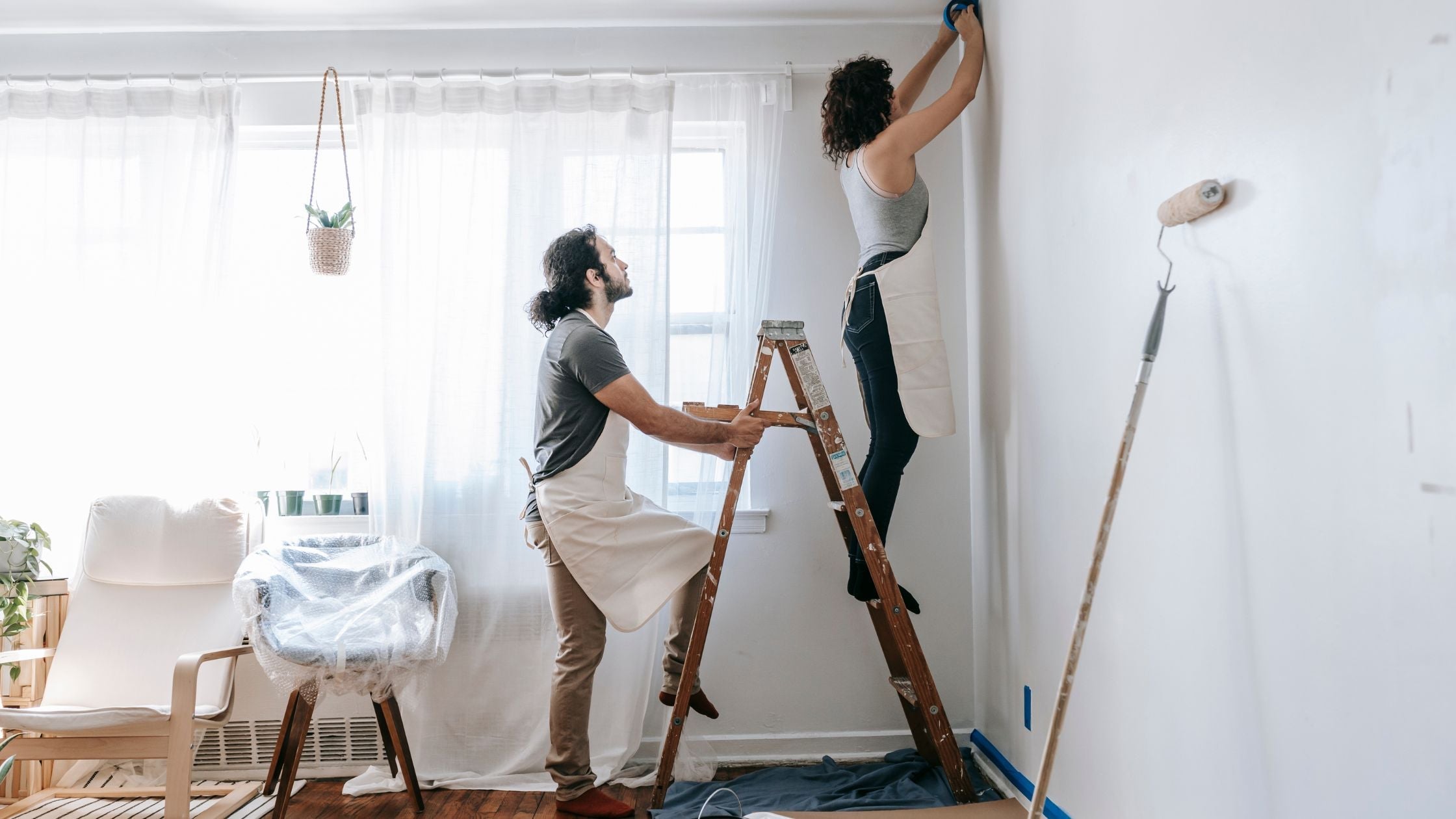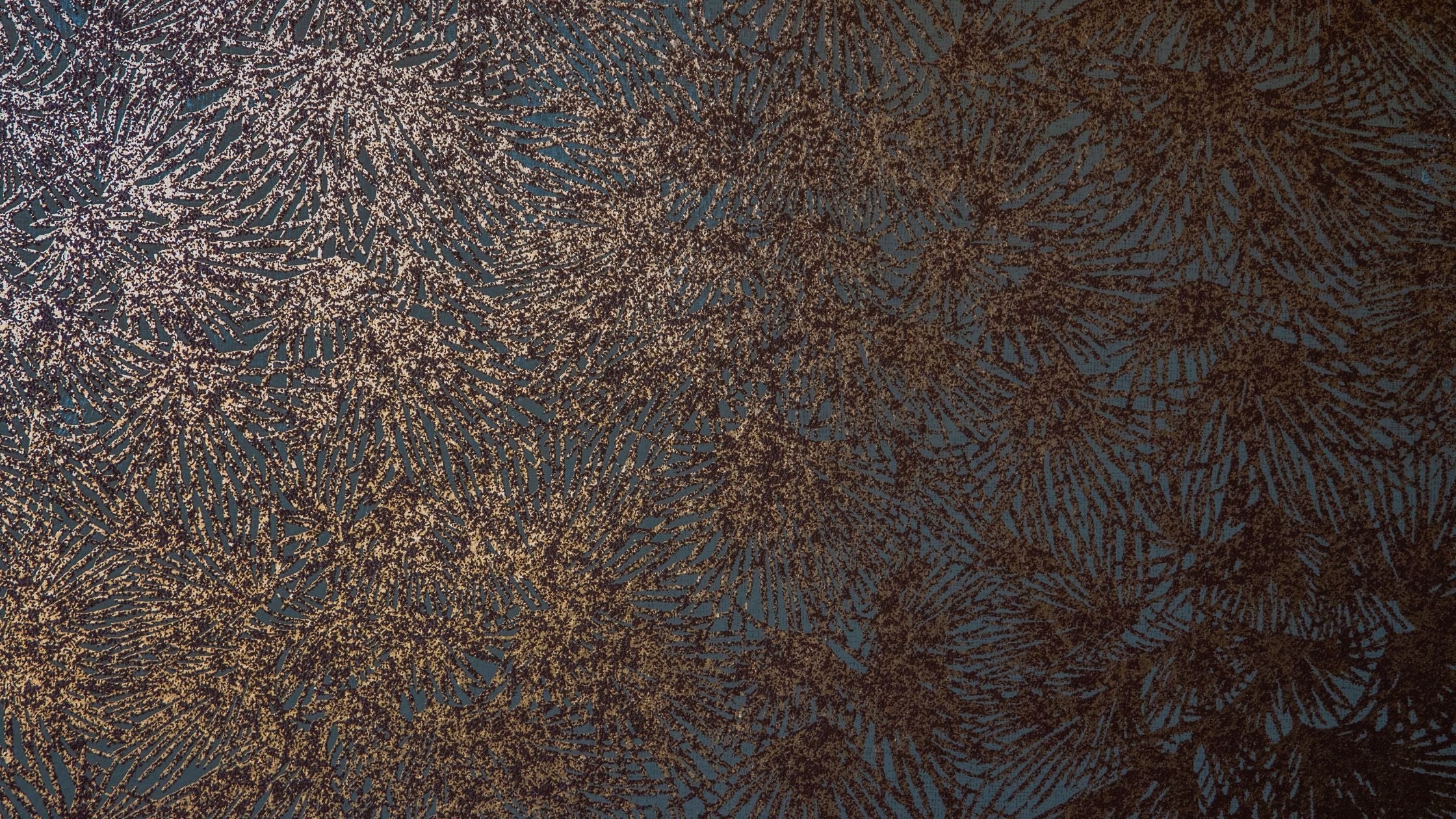
Can You Paint Over Patterned Wallpaper
Ever looked at your patterned wallpaper and thought, "Hmm… what if I just painted over this?" You're not alone. Whether you’re tired of bold prints or just want a modern refresh, painting over wallpaper is a tempting shortcut. But is it really that simple?
In this guide, we’re going to break it all down. From tools you need, to real-world tips, to a full how-to process—we’ve got your back.
Can You Paint Over Patterned Wallpaper?
Yes, you can paint over patterned wallpaper — but preparation is key. While it’s generally recommended to remove wallpaper before painting, that’s not always the best option. In some cases, removing wallpaper can damage the wall underneath, especially if it’s pasted over unfinished plaster.
Painting over wallpaper can save you time and effort compared to stripping, sanding, and repairing the surface. This is especially true when dealing with multiple layers of old wallpaper. However, to ensure the pattern doesn’t show through and to achieve a smooth, even finish, proper preparation is essential. This includes cleaning the wallpaper, securing any loose edges, applying a suitable primer, and potentially doing a bit of sanding to smooth out textured or raised designs.
With the right prep work, painting over patterned wallpaper can be a quick and effective way to refresh a room.
Things to Consider Before Painting Over Wallpaper
1. Condition of the Wallpaper
- Check for peeling or bubbling. If the wallpaper is loose or damaged, it needs to be repaired or re-adhered before painting.
- Edges and seams should be smooth and flat; use wallpaper adhesive if needed to secure them.
2. Type of Wallpaper
-
Textured or patterned wallpaper might require extra prep to prevent the design from showing through.
3. Can You Paint Over Vinyl Wallpaper?
You can paint over vinyl wallpaper if it's the paintable kind—just be sure to start with an oil-based primer. This primer helps the paint stick properly to the surface, ensuring a smooth and even finish.
4. Wall Surface Beneath
- If the wallpaper is hiding unfinished plaster or damaged drywall, removing it could cause more harm than good.
- Painting over wallpaper is sometimes the safer option for older walls.
5. Use of Primer
- A high-quality primer (preferably oil-based or shellac-based) is crucial to seal the wallpaper and prevent stains, glue bleed-through, or patterns from showing.
- Avoid water-based primers as they can loosen the wallpaper glue.
6. Seam Visibility
Wallpaper seams may become more noticeable after painting. Use joint compound to smooth them if needed.
7. Moisture and Humidity
Avoid painting wallpaper in humid areas like bathrooms or kitchens unless you're confident the wallpaper is firmly attached and moisture-resistant. Humidity can cause wallpaper to peel post-paint.
8. Long-Term Commitment
Once painted, wallpaper becomes harder to remove in the future. Be sure you're happy with this more permanent solution.
9. Paint Type
Use high-quality latex or acrylic paint for durability. Two coats are usually necessary for full coverage, especially over darker or patterned designs.
How Can You Paint Over Wallpaper - Steps
Painting over wallpaper is entirely possible with the right approach. Here’s how to do it properly to achieve a smooth, long-lasting finish:
Step 1: Prepare the Room
- Before you begin, clear the space as much as possible. Move out furniture like sofas, chairs, and tables. For larger pieces you can’t move, push them to the center of the room and cover them with dust sheets.
- Protect floors and exposed surfaces with dust sheets, and apply painter’s tape along edges like skirting boards, door frames, and ceilings to keep everything neat.
Step 2: Prepare the Walls
- To ensure a smooth paint job, inspect the wallpaper closely. Stick down any loose edges using wallpaper adhesive, and fill in any cracks or holes with wall filler.
Top tip: Seal the perimeter of the walls with a thin layer of decorator’s caulk to prevent air leaks. - Next, clean the walls gently using a sponge and mild detergent. Be careful not to over-wet the wallpaper—just enough moisture to clean without damaging it. Wipe down with clean water, then allow the walls to dry completely. This step removes dust and debris, which is crucial for paint adhesion.
Step 3: Prime the Surface
- Priming is essential when painting over wallpaper. Avoid water-based primers, as they can seep into the paper and cause bubbling or peeling. Instead, use an oil-based primer, such as Zinsser Wallpaper Cover Up—a reliable all-in-one primer, sealer, and stain blocker.
This creates a moisture-resistant layer and provides a solid base for your paint.
Step 4: Paint the Walls
- Once the primer is fully dry, you’re ready to paint.
- Stir your paint thoroughly. Start by cutting in around edges with a paintbrush—focus on skirting boards, corners, and door frames. Then, use a roller to apply paint across the rest of the wall, working in small sections for an even finish.
Allow the first coat to dry fully before applying a second. Typically, two coats are enough, but you can apply more if needed for full coverage.





